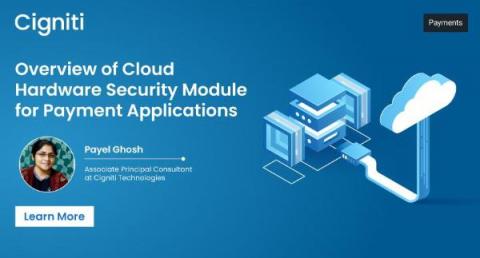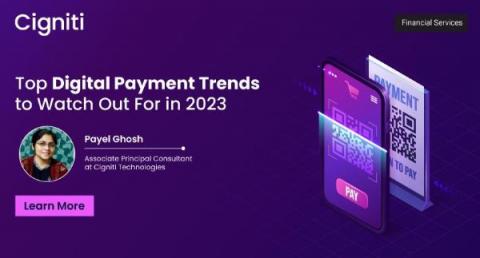Systems | Development | Analytics | API | Testing
Payments
Overview of Cloud Hardware Security Module for Payment Applications
A hardware security module (HSM) is a tamper-resistant physical computing device that safeguards and manages digital keys, performs encryption and decryption functions for digital signatures, and provides strong authentication and other cryptographic functions. HSM has mature technology, with high availability, scalability, and usability. These modules traditionally come in the form of a plug-in card or an external device that attaches directly to a computer or a network server.
From cash to crypto: the rise of digital payment methods
Top Digital Payment Trends to Watch Out For in 2023
In 2022, we already saw the emergence of payment SaaS, the adoption of Blockchain Technology, and the evolution of Central Bank Digital Currency. We also saw new payment modes like Buy Now Pay Later, Biometric Authentication, and Biometric Payments and an increase in the use of AI and ML in fraud detection. Now, what should we look out for in 2023?





